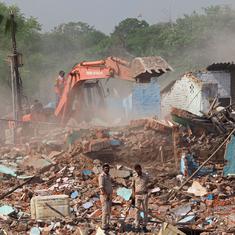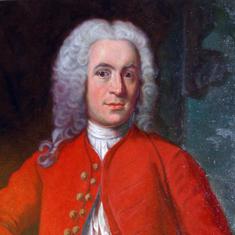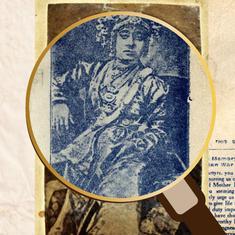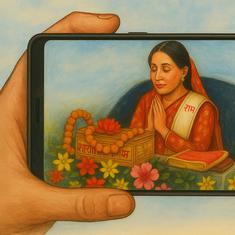In January, the death of a research scholar at the University of Hyderabad jolted the nation. In his suicide note, Rohith Vemula, who aspired to be a science writer, wrote, “The value of a man was reduced to his immediate identity and nearest possibility. To a vote. To a number. To a thing. Never was a man treated as a mind. As a glorious thing made up of star dust...”
The 26-year-old’s suicide sparked protests across India. In Mumbai, street photographer Gopal MS too wanted to comment on the issue, so he “decided to add a thread to connect the many images of Dalit movement I was coming across in the streets of Mumbai”.
“It is ironic that when a few [Dalit students] tried it [to get education] at two central universities such as Hyderabad University and Jawaharlal Nehru University, they faced great resistance from the Ministry of Human Resources and Development,” Gopal said, referring to the circumstances around Vemula’s suicide and a Dalit scholar’s debarment from JNU.
Finally, in March, #DalitBlue was born.
The hashtag is used by Gopal on his Twitter and Instagram accounts, both called Mumbai Paused, to render his interest in the visual imagery of the Dalit movement in Mumbai, especially in areas with a sizeable Dalit population. It is also meant to track the changes in the Dalit movement. “It is one hashtag,” he said, “but it is not independent from the rest of things on the street or hashtags.”
The Dalit parties are very vocal in Mumbai, he said. Indeed, according to him, Mumbai is the capital of Dalit movement – “it runs in parallel, and is connected, with the Maharashtra politics”. Gopal cites the example of the recent Dalit protests that broke out against the demolition of Ambedkar Bhavan, a historic building in Dadar once used by BR Ambedkar to print anti-caste literature. “It was initially alleged that the demolition was conducted by a group supported by the Maharashtra government, that is led by the Bharatiya Janata Party, Shiv Sena and a Dalit Party ally,” Gopal said.
All this volatility finds its way into Gopal’s photographs, many of which underscore the importance of education.
A significant inspiration for him was the Anand Patwardhan-directed 2011 documentary Jai Bhim Comrade, which focuses on the oppression of the Dalit community in the 1990s. “I... felt things have changed on the street, especially in the form of Dalit expression through posters, etc. since then.”
Here are a few images from the #DalitBlue collection.
#DalitBlue Candle
— Mumbai Paused (@SloganMurugan) March 9, 2016
(at Chaith Bhoomi) pic.twitter.com/3bU3b5lDHO
#DalitBlue
— Mumbai Paused (@SloganMurugan) March 9, 2016
Old Poster pic.twitter.com/uhgOCWXr6n










